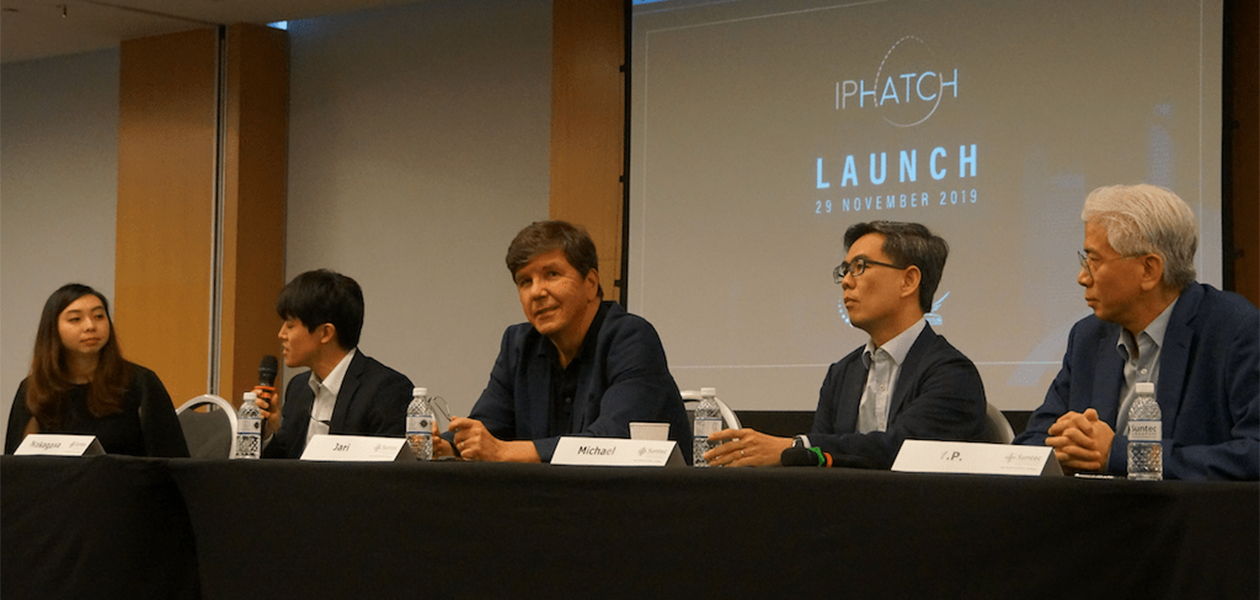At IPHatch 2019, experts discussed how IP can help businesses maximise the value of their triple bottom line—of profit, people and the planet.
Gone are the days when companies would evaluate themselves purely by monetary success—the bottom line of profit or loss. Today, owners and stakeholders have adopted a more holistic approach to measure the performance of their business, one that encompasses profit, people and the planet.
The approach, termed the triple bottom line (TBL), is an accounting framework that measures a business’ social and environmental value, in addition to finance. For example, a company pursuing the TBL may invest in improving its workforce through training and reduce its ecological footprint by making their operations more sustainable. Not only does the framework provide stakeholders with a broader perspective of the organisation’s performance, it also enables them to make better decisions for the future.
To help businesses maximise all three bottom lines, experts discussed the integral role of intellectual property (IP) within the TBL framework. The conversation was part of IPHatch 2019, an event co-organised by Piece Future and IPI. In case you missed the session, we bring you key insights from the conversation.
New ideas with IP
Many large corporations, such as Panasonic and Nokia, invest in research and development (R&D) capabilities to generate new technologies that help to maintain their market lead. However, not all of the technology assets developed are translated into market products. For these companies, a key motivation, then, is to utilise this portfolio of IP to create a return on the original investment, said Yoshinori Nakagawa, Chief IP Specialist of Panasonic.
On the other hand, smaller companies, such as start-ups, may not have the resources to develop or protect their IP. “Writing your own patents as a start-up can be very challenging when you have so many other things to do,” said Dr Jari Vaario, Head of Asia Patent Transactions and External Alliances at Nokia Technologies. IP thus creates an impetus for corporations to cooperate, paving a way for open innovation.
“You don’t have to reinvent the wheel,” quipped Michael Goh, Deputy Director of IPI. Companies with a large IP portfolio can license these technological assets and receive a return on their R&D investment, while smaller organisations can leverage these technologies to accelerate their own internal innovation.
In fact, the idea of accelerating one’s internal innovation with IP echoed the welcome address by Dr Sze Tiam Lin, Senior Director of IPI. “The open innovation model involves embracing external ideas and combining them with internal ones,” Sze said, maximising the value of IP for both parties.
Igniting new opportunities
But how exactly does IP help businesses maximise their triple bottom line? It begins with reorganising the company’s focus, from profit to the planet and people. Goh provided an example: Sol-ignite, a Singapore start-up, repurposes used lithium-ion batteries from electric motor vehicles into a clean energy solution. The start-up has since benefitted various communities in Myanmar, creating jobs and providing electricity through its circular energy platform.
Sol-ignite’s innovative energy solution is also more environmentally friendly. By reusing these lithium-ion batteries, they prevent the release of polluting heavy metals contained within these batteries, which would otherwise have been discarded. “Not only did Sol-ignite identify a business opportunity, but they also made a positive impact on the environment and helped change the lives of people,” said Goh.
Importantly, the technology behind Sol-ignite’s solution was not an independent development. Instead, the clean-energy platform is based on an IP developed by Panasonic. By leveraging on Panasonic’s technology, Sol-ignite was able to focus on adapting the technology, wrapping a viable business model around a sustainable solution. Both companies—Sol-ignite and Panasonic—were thus able to increase their triple bottom line. The key: both IP and open innovation.
While all this talk of open innovation may sound ideal, Goh cautions that engaging in open innovation is not a simple switch, and could ultimately make or break collaborations. “Open innovation introduces dynamism into your operations,” he explained. Adopting the open innovation model requires changing cultures and mindsets, from top management to front-line executives.
“Open innovation is just another strategy for the company to innovate and grow; we need to do away with the mindset that it is better than closed innovation, which is still important and works in certain situations,” he said.

